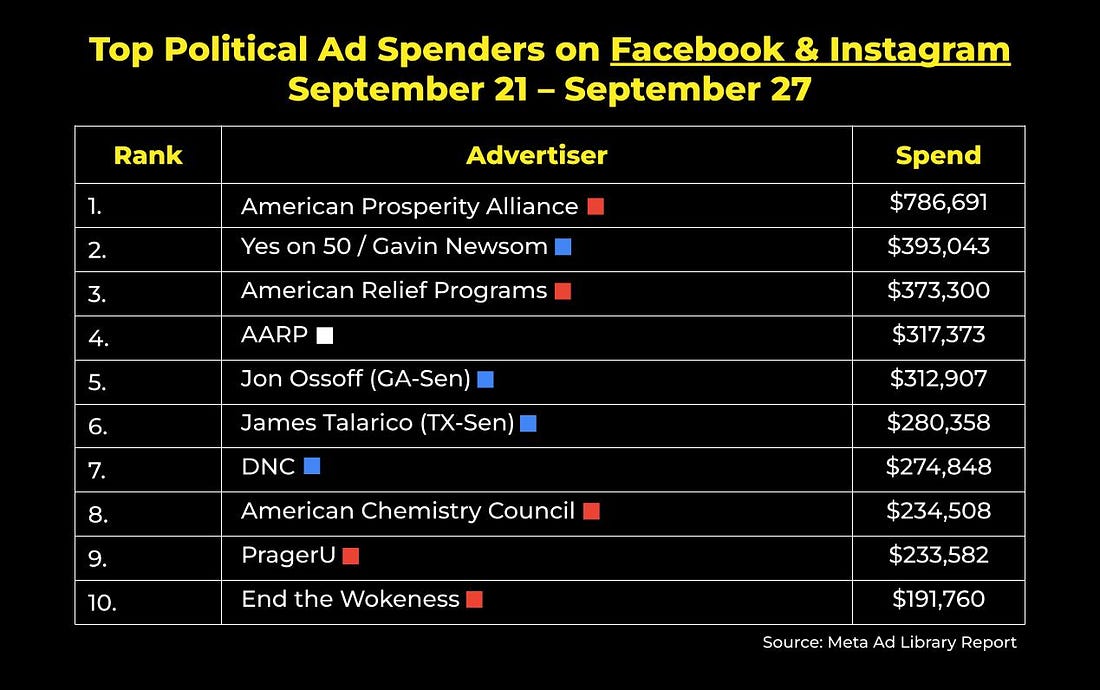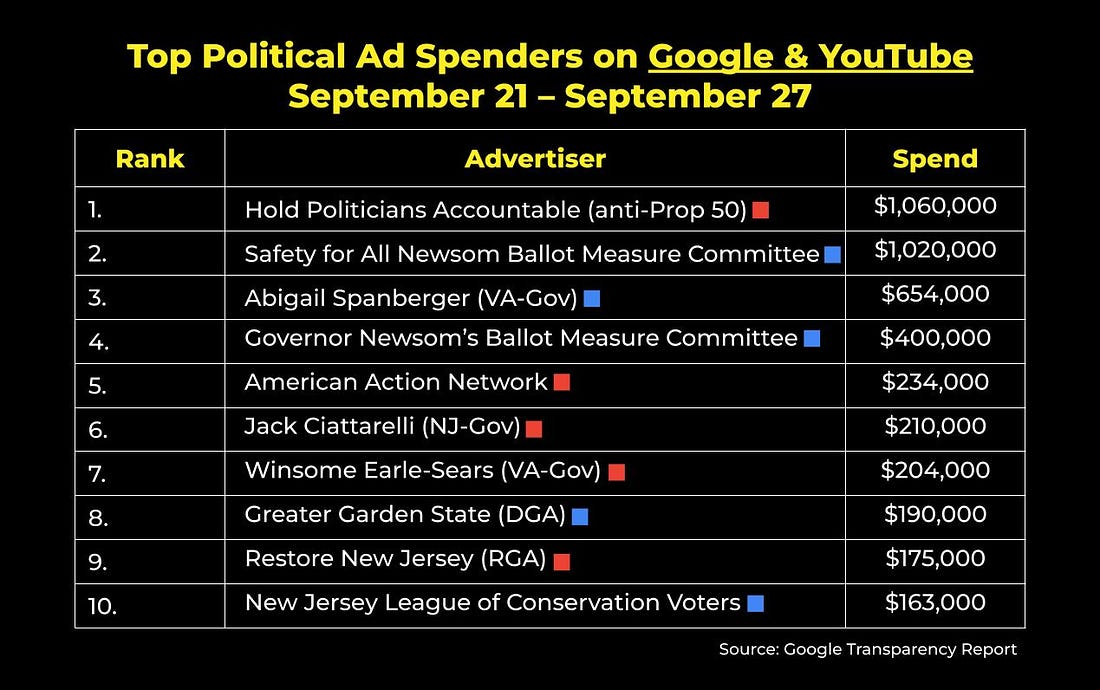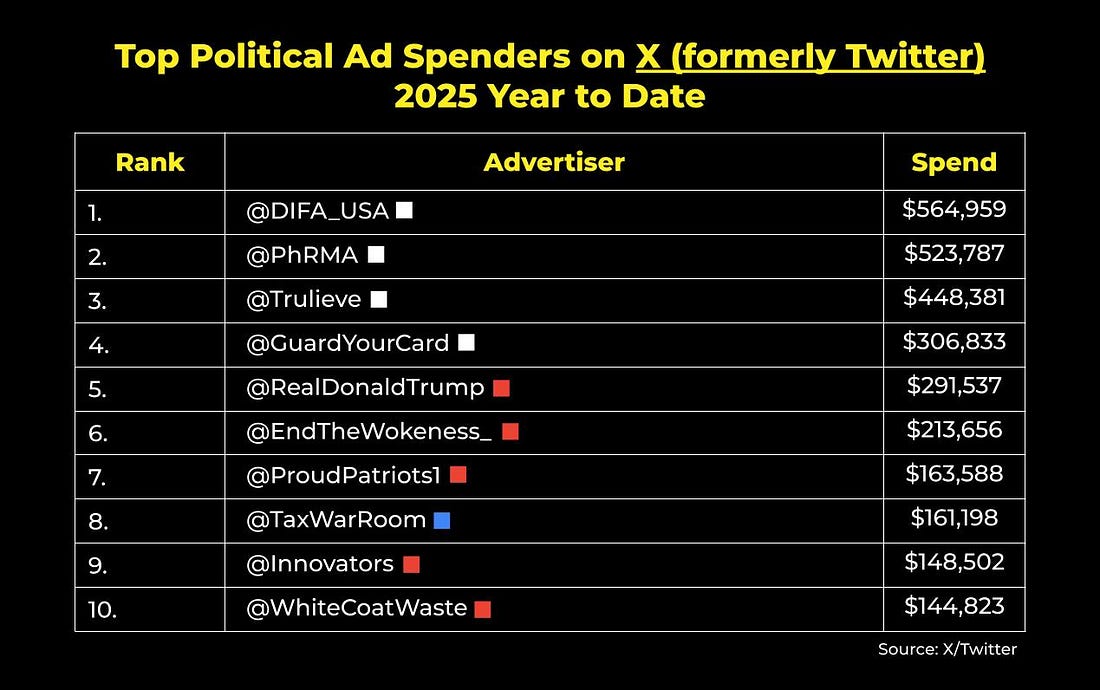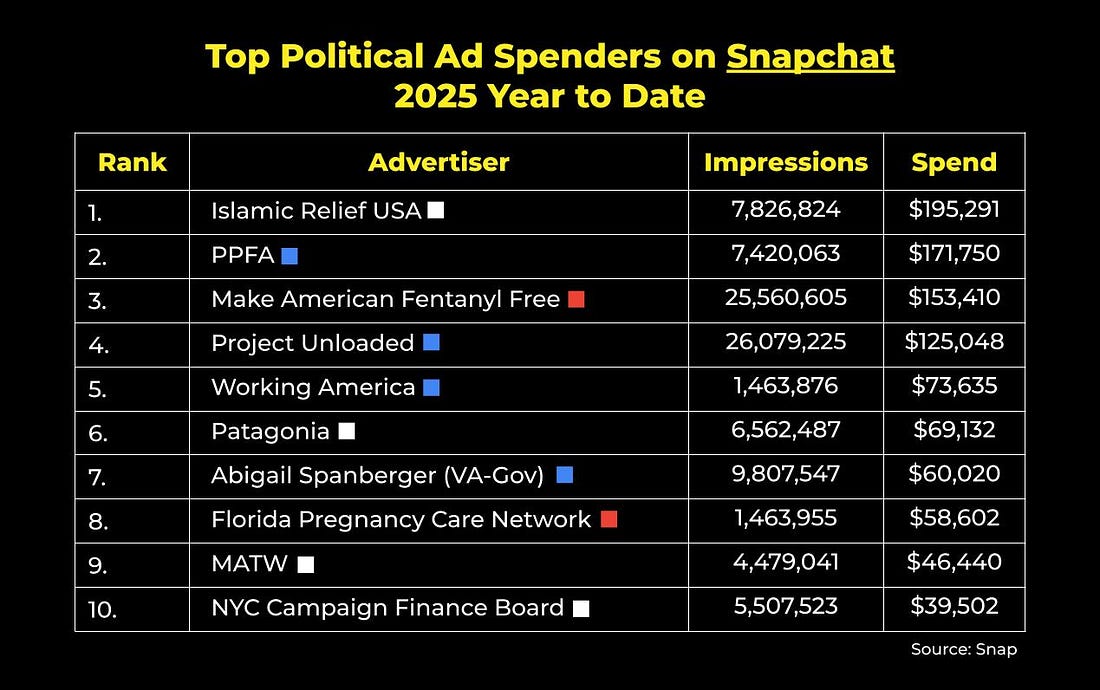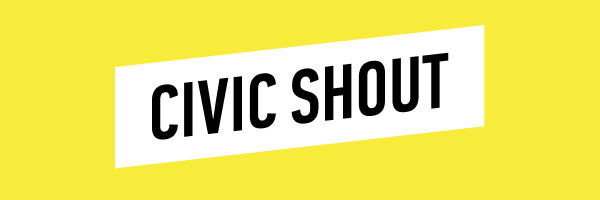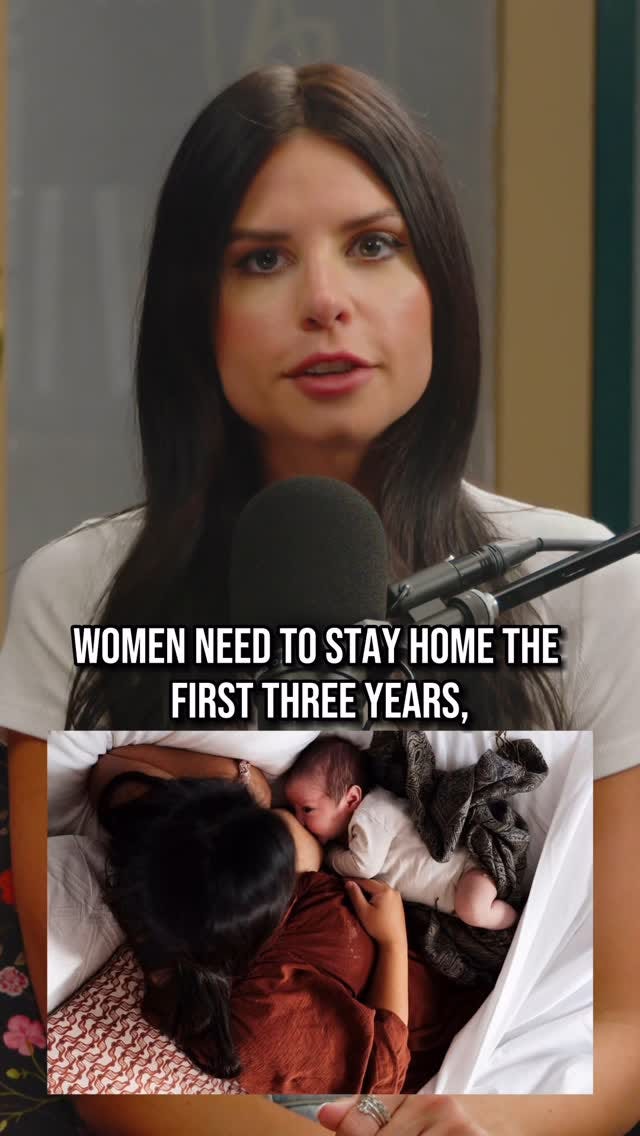The Internet is Redefining The "Right" Type of WomanhoodAlso inside: What we can learn from weighted vest wearers heading into 2026This newsletter is brought to you by the donor acquisition approach that helps you turn $1 into $2. Hi everyone – We’re Jenn Colton and Sarah Kendrick, long-time FWIW readers, and guest authors for today’s edition. We’ve spent the last five cycles organizing and messaging online. Jenn is a digital campaign strategist who has consulted on advertising and creator programs for major IE and issue advocacy organizations. Sarah most recently ran Vice President Harris’ White House digital team, before joining the Harris campaign to oversee creative for digital advertising. Now, we have joined forces in our efforts to combat radicalization online. For today’s FWIW, we offer thoughts on how the right-wing “womansphere” has gone mainstream— and what Democrats need to do now to respond. More on that below, but first… Digital ad spending, by the numbers:FWIW, U.S. political advertisers spent about $14 million on Facebook and Instagram ads last week. Here were the top ten spenders nationwide: While Democratic Senate candidates Jon Ossoff and James Talarico cracked the top ten list, no individual Republican made the cut (and neither did Talarico’s primary rival Colin Allred). The right invested more in advertising from issue-based groups such as American Prosperity Alliance and PragerU, highlighting the way Meta’s platforms remain a central battleground where advocacy groups, more than candidates themselves, shape political narratives. Meanwhile, political advertisers spent just over $7 million on Google and YouTube ads last week. These were the top ten spenders nationwide: Unsurprisingly, California’s redistricting fight continues to pull in huge investments, with ad spend from pro- and anti-Prop 50 organizations coming out to nearly $2.5 million last week alone. On X (formerly Twitter), political advertisers in the U.S. have spent around $7.8 million on ads in 2025. According to X’s political ad disclosure, here are the top spenders year to date: …and lastly, on Snapchat, political advertisers in the U.S. have spent around $1.7 million on ads in 2025. Here are the top spenders year to date: Add donors to your list before year-end comes knocking
The “Right” Type of WomanhoodThe manosphere dominated 2024 election postmortems. While some debate who will be “the left’s Joe Rogan,” we – two women who have spent the last five cycles organizing and messaging online – are here to sound the alarm: women’s feeds are the next frontline. From the “cultural apothecary” Alex Clark, to former TV “fitness guru” Jillian Michaels, to tradwife extraordinaire Hannah Neelman on Ballerina Farm, conservative lifestyle creators use the “womansphere” to nudge women — yes, even progressives reading this newsletter — toward choices that reinforce conservative power structures. The Conservative Womansphere Has Gone Mainstream You’ve probably seen glimpses of the womansphere – MAHA, “cottage core” and “maker” hobbies, “soft life” escapism, or stories about women “ditching the pill“. But we’re worried too many Democrats are treating the womansphere like a spectator sport—dismissing it as confined to conservative corners of the internet. That’s the same head-in-the-sand thinking that left us blind to the manosphere. Cultural shifts among women are already showing at the ballot box: In 2024, abortion was on the ballot — and Trump still improved his vote share with women, while young women’s turnout dropped from 55% to 50%. If we want to win in 2026 and beyond, Democrats must face a harsh reality: There is a concerted right-wing effort to redefine womanhood, so radical policy doesn’t seem so radical. How We Got Here Ask any marketer: repetition and the right packaging can move any idea from fringe to mainstream. Conservatives get this and use it to trojan horse extreme ideas. For a decade, they’ve funded lifestyle and pop culture creators to pull both women and men toward their political agenda. The womansphere mixes girly-pop aesthetics, wellness jargon, and empowerment messaging — making it feel harmless. In reality, influencers with millions of followers subtly peddle anti-science and anti-institution messaging — from cycle syncing to homemaking to submission — framed as solutions to real problems women face in healthcare and economic systems that fail us. That kernel of truth lets these radical ideas stick and normalize. Here’s how it works
These systemic failures give conservatives a foot in the door with our base and swing voters, unknowingly slipping them into the “right side” of womanhood as they scroll tradwife aesthetics, boy mom memes, pseudo-“wellness” tips, homemaking hobbies, and “male provider” fantasies. How we can disrupt the womansphere to MAGA pipeline
The good news is if we act now, we can course correct before weighted vest wearers decide our fate. Democrats must learn from 2024 and start communicating with women the right way, right now. For more on the topic of the women’s wellness pipeline, check out this recent episode of the COURIER show How is This Better, with host Akilah Hughes. New episodes begin dropping next week, so subscribe and follow the show on YouTube, Spotify, Apple, or wherever you get your podcasts. Add donors to your list before year-end comes knocking
This email was sent to 24,570 readers. If you enjoy FWIW each week, would you mind sharing it on X/Twitter, Threads, or Bluesky? Have a tip, idea, or feedback? Reply directly to this email. |

